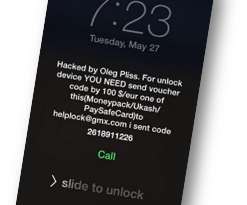Even North Korea has an antivirus program—but it’s used for spying
The Parallax
MAY 7, 2018
Malware and antivirus software usually go together like tacos and pickles. Researchers announced on May 1 that when they inspected the ingredients of the North Korean antivirus software for Windows computers, they found a mix of spyware and old code stolen from an antivirus vendor.














Let's personalize your content